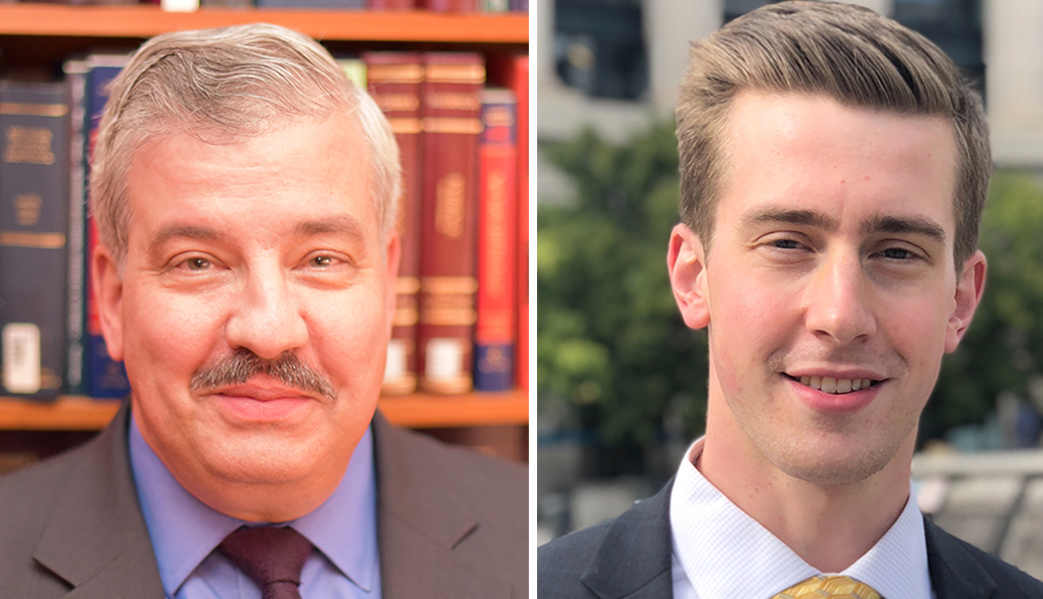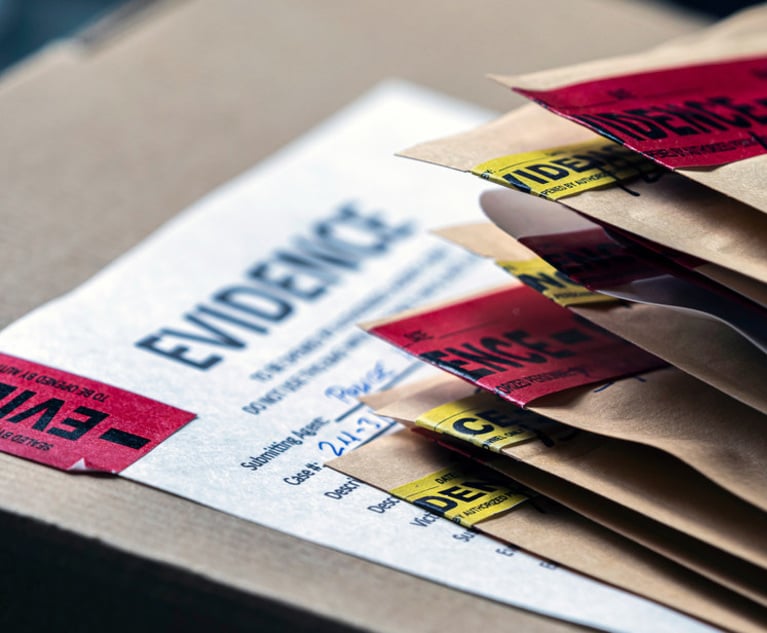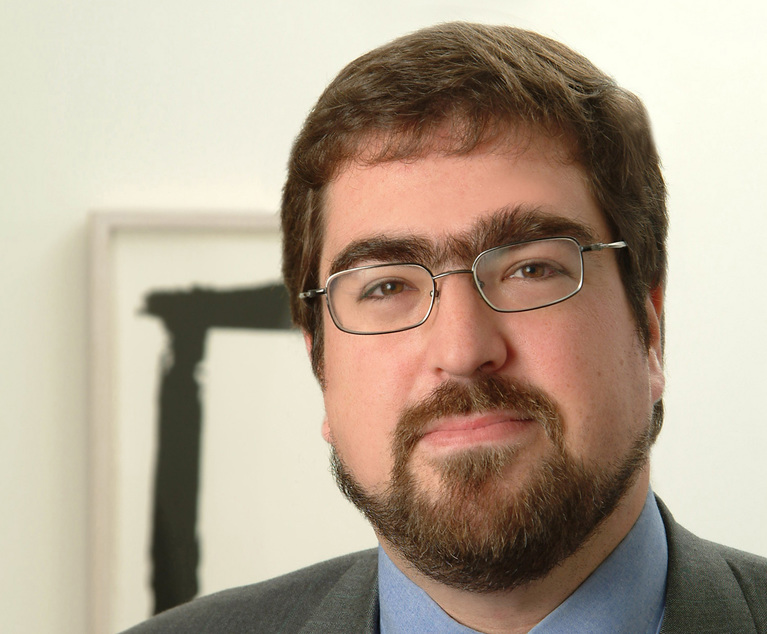Hearsay is the bane of a litigator’s life—confusing, complex, and often counter-intuitive. My friend and mentor, the late Prof. Richard T. Farrell, would tell his students that the hearsay rule was easy: “No,” as in not admissible. He would then spend several weeks teaching hearsay’s nuances.
In Nucci v. Proper, 95 N.Y.2d 597 (2001), the Court of Appeals explained “out-of-court statements offered for the truth of the matters they assert are hearsay and ‘may be received in evidence only if they fall within one of the recognized exceptions to the hearsay rule, and then only if the proponent demonstrates that the evidence is reliable’ … In determining reliability, a court must decide ‘whether the declaration was spoken under circumstances which render[] it highly probable that it is truthful.’”
This content has been archived. It is available through our partners, LexisNexis® and Bloomberg Law.
To view this content, please continue to their sites.
Not a Lexis Subscriber?
Subscribe Now
Not a Bloomberg Law Subscriber?
Subscribe Now
LexisNexis® and Bloomberg Law are third party online distributors of the broad collection of current and archived versions of ALM's legal news publications. LexisNexis® and Bloomberg Law customers are able to access and use ALM's content, including content from the National Law Journal, The American Lawyer, Legaltech News, The New York Law Journal, and Corporate Counsel, as well as other sources of legal information.
For questions call 1-877-256-2472 or contact us at [email protected]


 David Paul Horowitz and Lukas M. Horowitz
David Paul Horowitz and Lukas M. Horowitz




